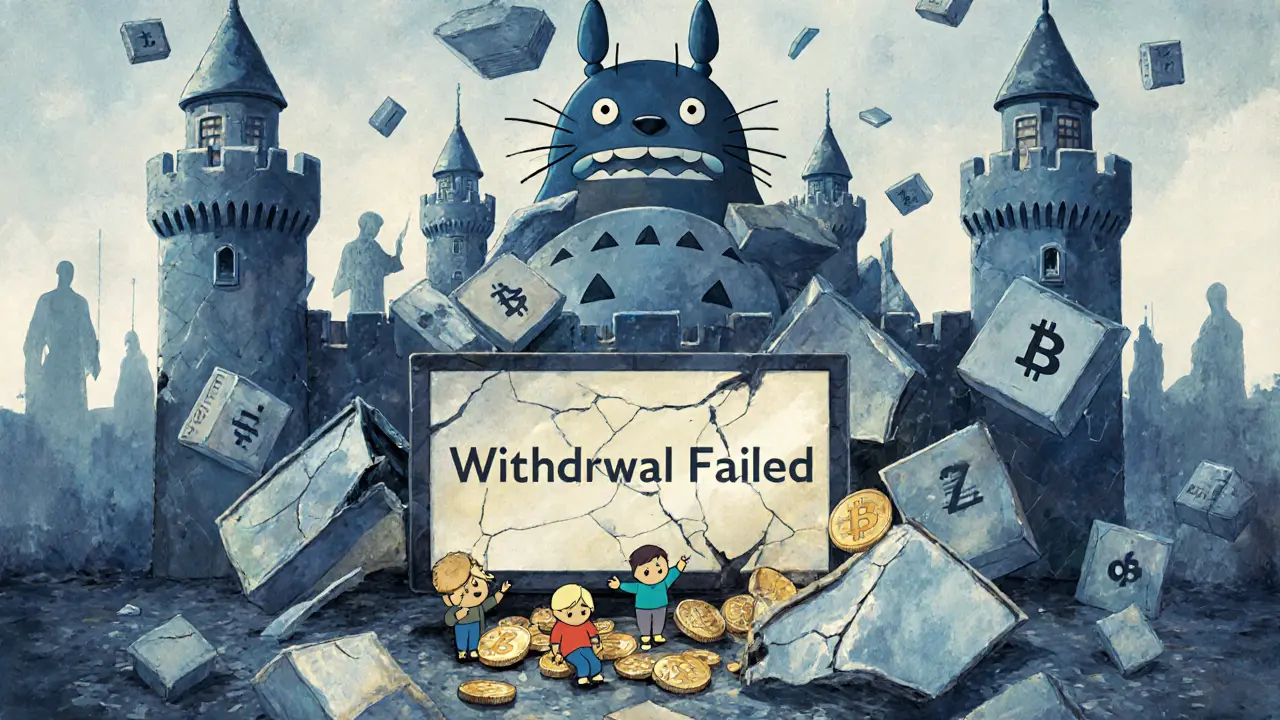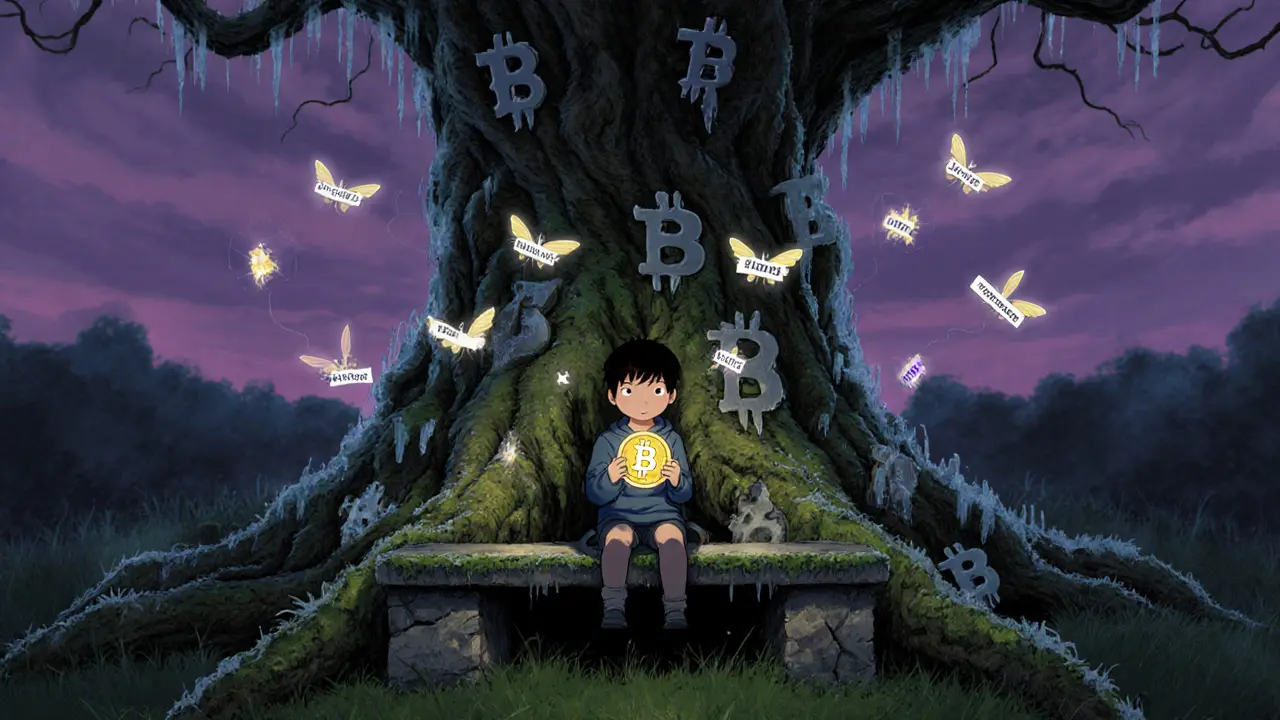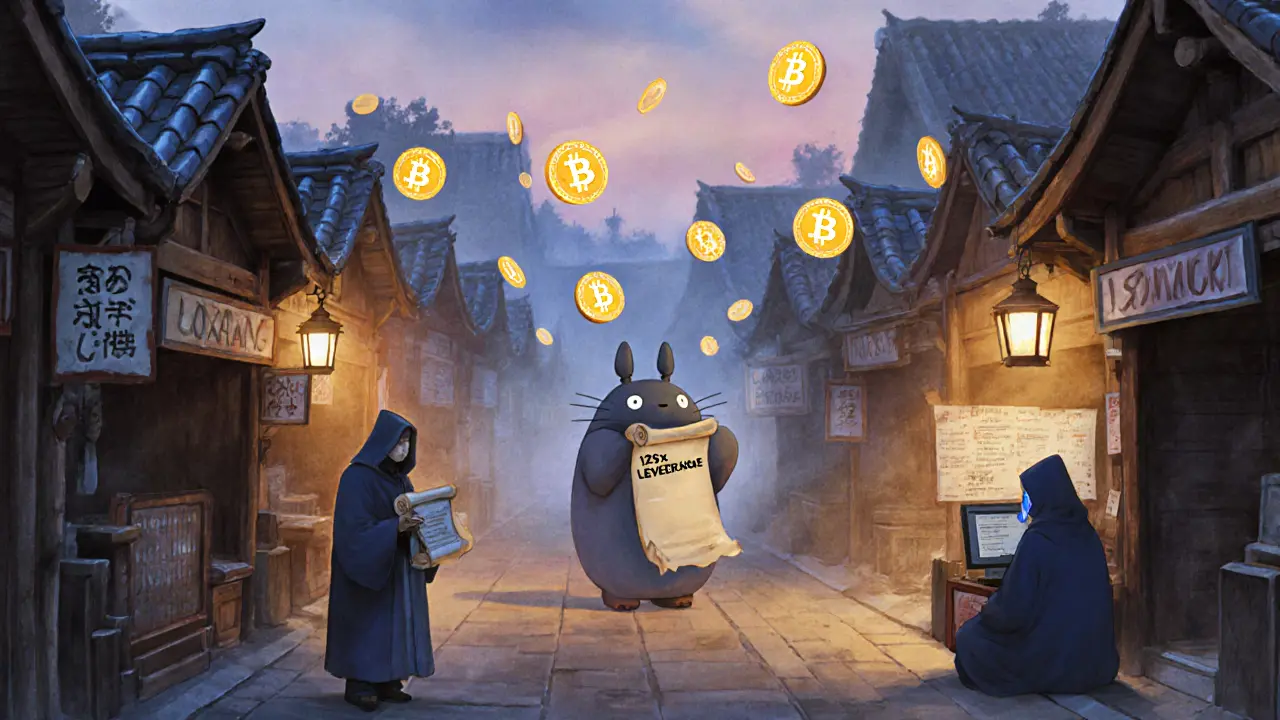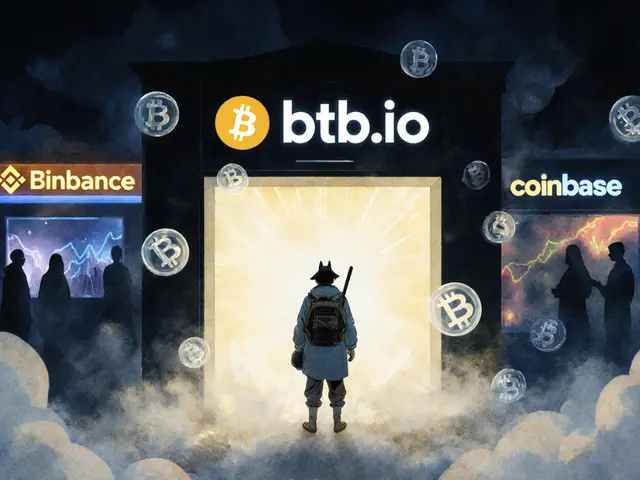Fairdesk was never meant to be a household name like Binance or Coinbase. It carved out a quiet space for traders who wanted high leverage, no KYC, and fast access to crypto derivatives-without the red tape. But by November 30, 2024, it was gone. No warning. No refund. Just a placeholder page where the trading platform used to be.
What Fairdesk Actually Offered
Fairdesk launched in 2021 with a simple promise: trade crypto derivatives with up to 125x leverage, without handing over your ID. That was its biggest draw. While other exchanges forced users through KYC to unlock higher leverage, Fairdesk let anyone sign up in 15 minutes and start trading BTC, ETH, or SOL futures immediately.
The platform supported over 180 perpetual contracts. You could go long on Shiba Inu with 100x leverage or short Ethereum with 125x-something even top-tier exchanges rarely offered without strict identity checks. The interface was clean, mobile-friendly, and built for active traders. It even had a simulated trading mode called “Arena,” where users could test strategies with fake money before risking real funds.
Copy trading was another standout. You could follow top performers, copy their trades automatically, and earn returns without knowing how to read a candlestick chart. One Reddit user claimed to hit 37% monthly returns just by copying a single trader-no KYC, no limits. That kind of freedom attracted thousands, especially in Asia-Pacific regions where regulatory scrutiny was still catching up.
The Hidden Costs and Weaknesses
But Fairdesk wasn’t built for everyone. It had no spot trading. No fiat on-ramps. You couldn’t buy Bitcoin with a credit card or withdraw USD. You had to already own crypto and send it in via blockchain. That made it useless for beginners or casual investors.
Withdrawal fees were inconsistent. Sending USDT over Binance Smart Chain cost $0.80. But withdrawing lesser-known altcoins? Sometimes $60. That’s more than the value of the coin itself in some cases. Users complained about delays too. While most exchanges clear withdrawals in under 24 hours, Fairdesk took 72 hours on average-especially during market spikes. Customer support? Often silent for over 48 hours.
And then there was the lack of transparency. Fairdesk claimed to use proof of reserves to prove it held users’ funds. But it never showed third-party audits. No public wallet addresses. No independent verification. Just a statement on their website. Meanwhile, competitors like Bybit and OKX published monthly attestations from top accounting firms. Fairdesk didn’t.
Security Claims vs. Reality
Some review sites called Fairdesk “secure.” RankFi said they found “no red flags.” CoinCodeCap praised its “cutting-edge security features.” But neither explained what those features were. Did they use multi-sig wallets? Did they have hot wallet insurance? Was their cold storage really 95% of funds? No details were ever shared.
What we know: Fairdesk used two-factor authentication and stored most funds offline. That’s standard. But so did FTX before it collapsed. Security isn’t just about tech-it’s about accountability. And Fairdesk never gave users proof they could trust.
Traders Union, a group that analyzed 100+ risk factors, called Fairdesk “not a safe and trusted company.” They didn’t release their methodology. But their warning came just months before the shutdown. That’s not a coincidence.

Why It Shut Down
Fairdesk operated out of Singapore, a jurisdiction that tightened crypto regulations after the FTX collapse. In January 2023, Singapore’s Monetary Authority introduced new licensing rules under the Payment Services Act. Exchanges offering derivatives now needed formal approval. Fairdesk never applied.
Industry analyst John Wu of AEGIS Ventures predicted it in March 2024: “Fairdesk’s lack of regulatory licensing created inherent operational risks that ultimately proved fatal.” He was right.
In August 2024, Fairdesk quietly announced its shutdown. The timeline was brutal:
- October 17, 2024: All open futures and spot positions were forcibly closed.
- October 17-November 30, 2024: Only withdrawals allowed.
- November 30, 2024: Platform shut down permanently.
Users had just 44 days to get their money out. Many didn’t know until the notice dropped. Others tried to withdraw but hit limits, delays, or system errors. Chainalysis later estimated $14.7 million in user funds were left unclaimed-0.8% of total platform assets.
User Experiences: Love and Rage
Before the shutdown, Fairdesk had fans. SourceForge users called it “simple and easy to use.” Telegram had over 12,000 members. Reddit threads praised the copy trading and anonymity. One user said, “I made more here in three months than I did on Coinbase in a year.”
But after the shutdown, the mood flipped. Twitter exploded with #FairdeskShutdown. Over 2,800 tweets in two weeks. People were angry-not just because they lost money, but because they weren’t given enough time. Some had funds locked in open positions. Others were mid-withdrawal when the system froze.
Trustpilot reviews, archived before the end, showed a pattern: 62% of users rated customer support as “poor” during high volatility. Withdrawal delays were common. The platform’s API documentation was incomplete. New users struggled with the derivatives interface-38% needed help just to place their first trade.
What Happened to the Money?
There’s no recovery plan. No compensation fund. No legal recourse. Fairdesk’s domain now redirects to a blank page. The company dissolved. No emails are answered. No phone numbers work.
Blockchain analysis shows the funds are still on-chain-but locked in wallets that haven’t moved since November 2024. Without access keys or legal authority, there’s no way to retrieve them. The money is effectively gone.

Is Fairdesk Still Operational?
No. As of November 2025, Fairdesk is dead. No revival plans. No new owners. No rebranding. The platform is permanently offline.
Its shutdown is now a textbook case of how not to run a crypto exchange: offer high leverage, skip KYC, ignore regulation, avoid transparency, and assume users won’t notice until it’s too late.
What You Can Learn From Fairdesk
If you’re looking for a crypto exchange today, here’s what Fairdesk teaches you:
- Never trust anonymity alone. An exchange that doesn’t require KYC might feel free-but it also has no accountability.
- Check for regulatory compliance. Exchanges licensed in the U.S., EU, or Singapore have legal obligations. Those without? They can vanish overnight.
- Look for proof of reserves. If they won’t show you their wallet addresses or third-party audits, assume they’re hiding something.
- Don’t chase leverage. 125x might look tempting, but it’s a one-way ticket to liquidation. Most retail traders lose money at that level.
- Withdrawals matter more than trading fees. A $0.80 withdrawal fee is fine if you can get your money out in 12 hours. A $60 fee with a 72-hour delay? That’s a trap.
Fairdesk didn’t fail because it was poorly built. It failed because it was built to exploit a loophole-and when the regulators came, there was nowhere to run.
Alternatives to Fairdesk (That Still Exist)
If you liked Fairdesk for high leverage and no KYC, here are safer options:
- Bybit: Offers up to 125x leverage. Requires KYC for max leverage, but still allows limited trading without it. Strong audit history.
- Bitget: Copy trading, low fees, and transparent proof of reserves. Licensed in multiple jurisdictions.
- MEXC: No KYC for basic trading. 200+ perpetual contracts. Withdrawals processed within 24 hours.
All of these have been around longer than Fairdesk. All have published audits. None vanished overnight.
Is Fairdesk still operating in 2025?
No. Fairdesk shut down permanently on November 30, 2024. Its website now redirects to a placeholder page. All trading, deposits, and withdrawals are disabled. There is no active platform or customer support.
Can I get my money back from Fairdesk?
No. All withdrawal windows closed on November 30, 2024. Users who didn’t withdraw their funds before that date lost access permanently. Blockchain analysis confirms the funds remain locked in exchange wallets with no recovery mechanism. There is no legal or technical path to reclaim them.
Why did Fairdesk shut down?
Fairdesk shut down due to increasing regulatory pressure, especially in Singapore, where it was based. After the FTX collapse, regulators cracked down on unlicensed derivatives exchanges. Fairdesk never applied for a license and chose to close rather than comply. Industry experts warned this was inevitable.
Was Fairdesk safe to use before it shut down?
It had features that made it attractive-high leverage, no KYC, copy trading-but it lacked transparency. It never published third-party audits or proof of reserves. While some review sites called it secure, others flagged it as risky. The shutdown proves the risks were real. Never assume safety without verifiable proof.
What should I look for in a crypto exchange today?
Look for exchanges with clear regulatory status, published proof of reserves, fast and low-cost withdrawals, and transparent customer support. Avoid platforms that hide behind anonymity or offer extreme leverage without clear risk disclosures. Stick to exchanges that have been around for years and have been audited by reputable firms.






Rajesh pattnaik
November 24, 2025 AT 14:40 PMFairdesk was the wild west of crypto for me - no KYC, 125x leverage, and I made my first 10k in crypto just by copying a guy who traded Shiba Inu like it was Monopoly money. 😅 I didn’t care about audits or regulations, I just wanted to trade fast. Guess I got what I deserved.
Lisa Hubbard
November 26, 2025 AT 06:47 AMYou know, I just don’t understand why people get so upset when an exchange they chose because it had zero oversight and no compliance just… disappears. I mean, if you’re okay with trading on a platform that doesn’t even ask for your driver’s license, you’re basically signing a waiver that says ‘I accept that this could all vanish into thin air.’ It’s not a scandal, it’s a logical outcome. Why are we surprised?